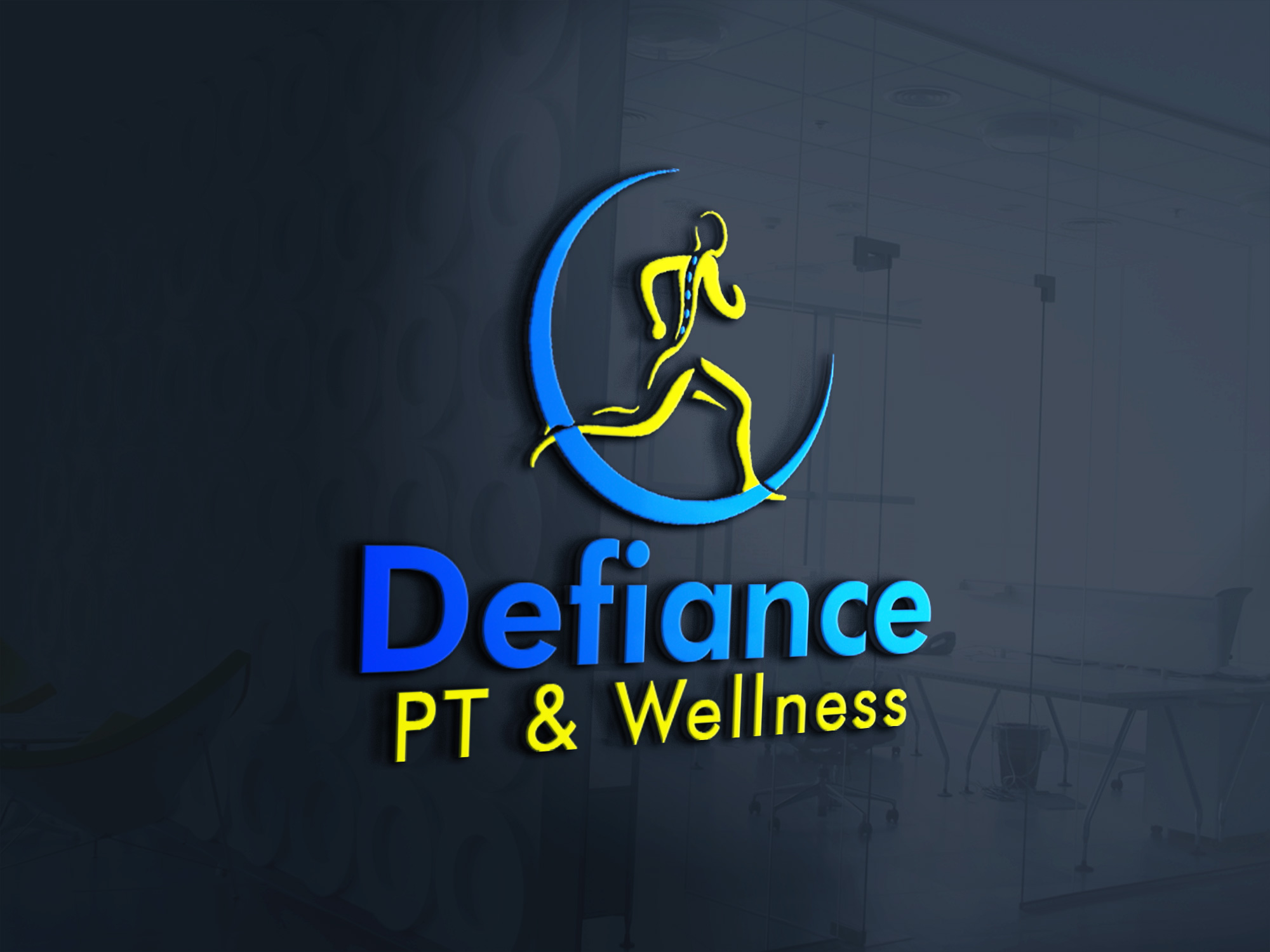Movement Compensations You Don’t Notice — and How They Affect Your Pain & Performance
- Defiance PT & Wellness

- 31 minutes ago
- 3 min read
Series: “Advanced Movement Insights from Defiance Physical Therapy & Wellness”

Most people assume pain comes from one isolated area — a sore knee, a stiff shoulder, a tight lower back. But the body rarely works (or fails) in isolation.
Your everyday movement patterns tell a deeper story, and the most important patterns are the ones you don’t even realize you’re using.
These are called movement compensations — subtle shifts in how you walk, stand, lift, or exercise that develop when your body is trying to protect you, support an old injury, or make up for weakness or stiffness somewhere else.
You may not notice them at all… until something starts to hurt.
What Is a Movement Compensation?
A movement compensation is simply a “work-around.”It’s your body finding an easier way to complete a task when something else isn’t moving well.
Common examples:
Shifting weight to one side during a squat
Turning one foot out while walking
Arching the low back when reaching overhead
Dropping one hip when taking a step
Using momentum instead of control
These patterns can become so automatic that they feel “normal” — even though they’re not the most efficient or sustainable way to move.
Why Compensations Happen
There’s always a reason your body chooses a different path:
Old injuries that changed how you load a joint
Weakness in certain stabilizing muscles
Limited mobility in hips, ankles, or shoulders
Breathing mechanics that influence core control
Fatigue, especially during long hikes or workouts
Everyday habits, like favoring one side when standing or carrying things
Over time, these compensations become default patterns.They don’t always cause pain right away — but they eventually catch up.
Common Compensation Patterns (You Can Often See Them Yourself)
These are some of the movement “clues” that commonly show up:
1. Hip Drop
One hip lowers when you step.Why it matters: affects knee mechanics, low back stability, and glute strength.
2. Rib Flaring and Low Back Arching
The ribs lift and the back overarches during lifting or reaching.Why it matters: decreases core support and irritates the lower back.
3. Knees Caving In (Valgus)
The knees fall inward during squats, lunges, or running.Why it matters: stresses the knee joint and increases injury risk.
4. Using the Low Back Instead of the Hips
The back muscles do the job your glutes should be doing.Why it matters: contributes to chronic tightness and repeated strains.
5. Toe-Out or Early Heel Rise
One or both feet turn out or heels lift too soon in a squat.Why it matters: indicates restricted ankle mobility or compensatory hip rotation.
Many of these are noticeable with simple self-tests — but correcting them usually requires a deeper understanding of whythey’re happening.
Why Correcting Compensations Is a Game-Changer
Addressing compensations can lead to:
Reduced chronic pain
Better strength and stability
Improved balance and coordination
Increased performance in sports, hiking, or lifting
More efficient movement with less fatigue
Better long-term joint health
You don’t have to move perfectly — but you do need patterns that support your body instead of overworking it.
How Defiance PT & Wellness Helps You Rebuild Better Patterns
Our approach focuses on:
Full-body movement assessment
Identifying mobility restrictions
Muscle activation and sequencing
Posture and breathing mechanics
Hands-on therapy to restore motion
Corrective exercises tailored to your specific pattern
We don’t just focus on the painful area — we look at the entire chain.
When you understand why your movement changed, it becomes much easier to correct it… and the results last longer.



Comments